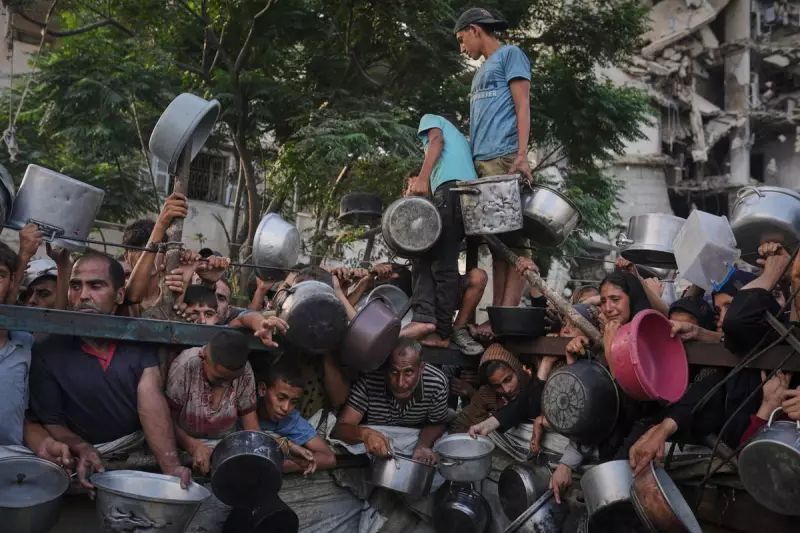
The spectre of mass starvation now looms over the Gaza Strip, with a dire new United Nations report confirming the enclave's descent into a full-blown famine. The Integrated Food Security Phase Classification (IPC), the global body responsible for monitoring hunger crises, has delivered its most severe assessment.
The report projects that virtually the entire 2.3 million population will be plunged into catastrophic levels of hunger and malnutrition—the highest level on the IPC scale—within the next six weeks. This grim forecast is contingent on one critical factor: the continuation of intense conflict and the near-total siege that has strangled supply lines.
A Catastrophe Unfolding at Breakneck Speed
"The speed at which this catastrophic food insecurity situation has deteriorated is unprecedented," the IPC analysis stated. The report highlights that between mid-March and mid-July, 100% of Gazans are expected to face crisis levels of food insecurity, with 1.1 million people—half the population—experiencing outright famine conditions.
This represents the highest share of a population ever recorded by the IPC system to be facing such extreme food shortages. The agency emphasised that this is a man-made disaster, directly stemming from the widespread destruction caused by the ongoing Israeli military offensive and the crippling restrictions on humanitarian access.
The Desperate Search for Sustenance
On the ground, the report's chilling statistics translate into scenes of utter desperation. Civilians, already displaced multiple times, are now forced to resort to extreme measures to find food. The IPC noted that households are reporting days without any food at all, with adults often going hungry to allow children to eat whatever scant provisions can be found.
Aid agencies on the front lines describe a complete breakdown of social order, with crowds overwhelming aid trucks in a frantic struggle for survival. The few convoys that do manage to enter northern Gaza are immediately swarmed by thousands of starving people.
The Path to Prevention: An Immediate Ceasefire
The IPC's analysis is unequivocal: the only way to avert a worst-case scenario is an immediate political decision for a ceasefire coupled with a massive multi-sectoral humanitarian response. This means not just allowing more aid trucks through the Rafah and Kerem Shalom crossings, but also ensuring safe routes for distribution inside Gaza without the threat of bombardment.
Without these conditions being met urgently, the world will witness a famine unfold in real-time, with the most vulnerable—children, the elderly, and the sick—succumbing first. The international community faces a critical test of its ability to prevent a human-made catastrophe of historic proportions.





